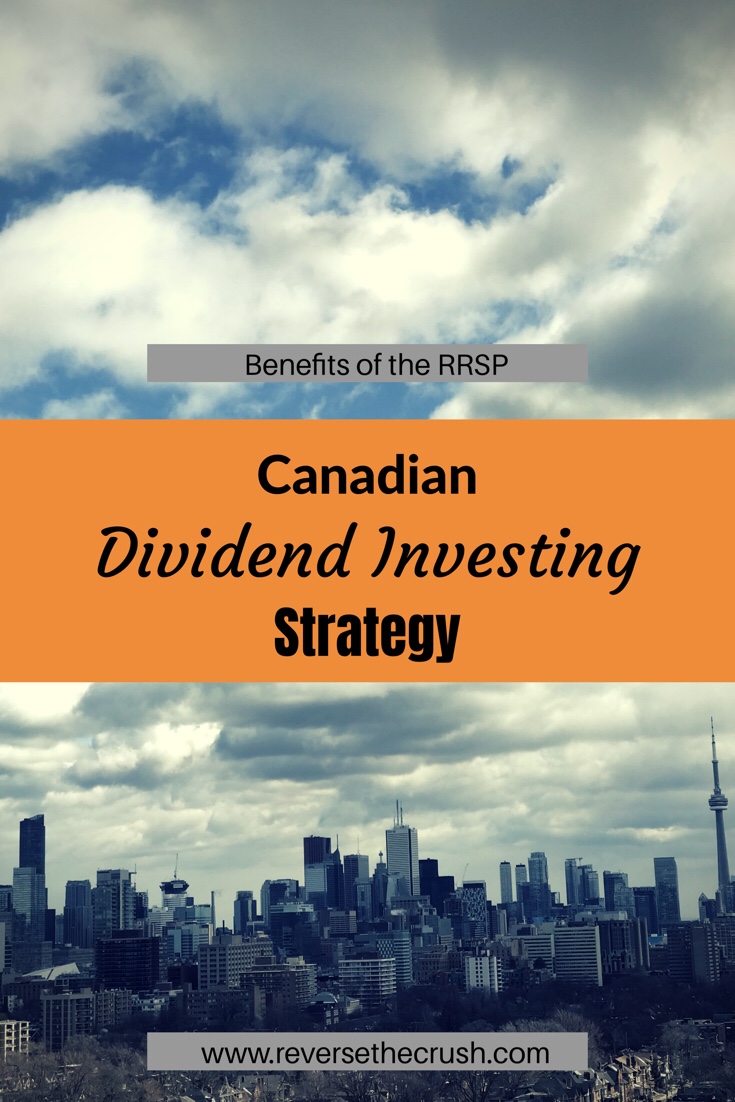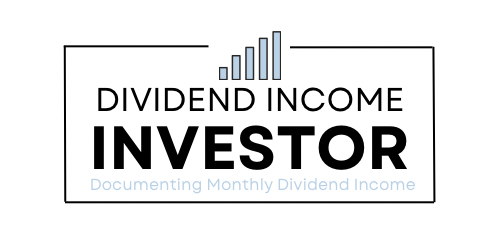A successful Canadian dividend investing strategy involves tax planning to achieve results.
To align the RTC portfolio with this strategy, and to avoid paying tax on US dividend stocks, I opened a Registered Retirement Savings Plan (RRSP).
Current Accounts for Dividend Investing.
Until recently, the portfolio consisted of 1 Tax Free Savings Account, and 1 non-registered investment account.
My non-registered account is taxable. But I receive a dividend tax credit for holding a Canadian company. Also, I do not plan to sell the position so there is no capital gains tax.
Overall, these are great account choices. However, they do not lower my taxable income, and the portfolio still incurs withholding tax on US dividends.
Canadian Dividend Investors need a TFSA, Non-Reg, and RRSP.
The main ingredient for dividend investing is a high savings rate.
The more money you can afford to invest, the higher your dividend income will be.
In turn, it’s logical to lower your taxable income to keep more money in your pocket now.
Since cash flow is king, the RRSP is a phenomenal investment vehicle for the Canadian Dividend Investor.
Contributions lower your taxable income, and there is no tax on US dividend income.
Therefore, the Canadian dividend investor should hold US equities in the registered retirement savings plan. While, Canadian dividend stocks should be held in a tax free savings account.
Strategizing on withdrawals.
I prefer to withdrawal dividend income rather than principle as a dividend investor.
If withdrawals are kept to $5,000 or less at a time, technically, withholding tax is minimized to 10% instead of 15%.
This is not a perfect scenario, though. Because you add the amount of the RRSP withdrawal to annual income. However, my annual income will be lower when withdrawals commence.
Benefits of the RRSP for the Canadian Dividend Investor.
To sum up the benefits for the Canadian dividend investor, less tax means more money to compound.
There is more money to reinvest into dividend stocks over a 10 year period by avoiding taxes and through tax returns.
In short, the RRSP allows the investor to avoid 15% withholding tax on US dividends, and it provides an opportunity to receive a tax return.

Concluding Thoughts on the Canadian Dividend Investing Strategy.
I wrote this post as a result of changes made to the portfolio. As always, this blog is a reflection of what has been happening in real life.
After adding an account to the portfolio this week, I can confirm that forward dividend income is projected at over $425 annually.
Moreover, $425 is a significant number because of the goals for 2018, and since dividend income has surpassed its peak level that was reached before my year off.
To conclude, the portfolio foundation has been set. It took just over a year but the portfolio is ready for the next stage.
The best trio of accounts for the Canadian Dividend Investor have been chosen, which makes the rest of the process that much easier.
Sincerely,
RTC Portfolio Manager
Disclaimer: I am not a licensed investment or tax advisor. This site is intended for entertainment purposes only. Blog posts about investments are not recommendations to purchase equities. You should always do your own due diligence and consult a licensed advisor before investing. Please refer to the Disclosure & Privacy Policy for additional information.


 Social Media Growth 2018 | August Report
Social Media Growth 2018 | August Report
